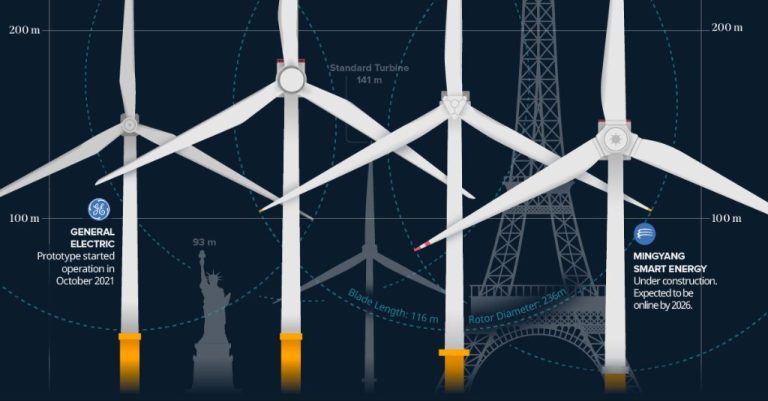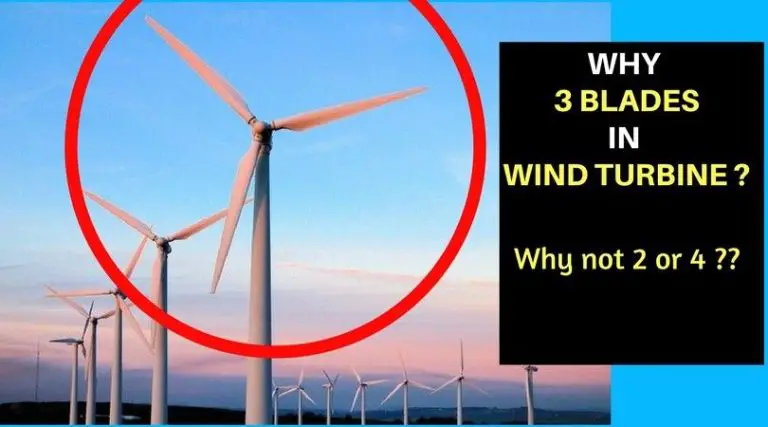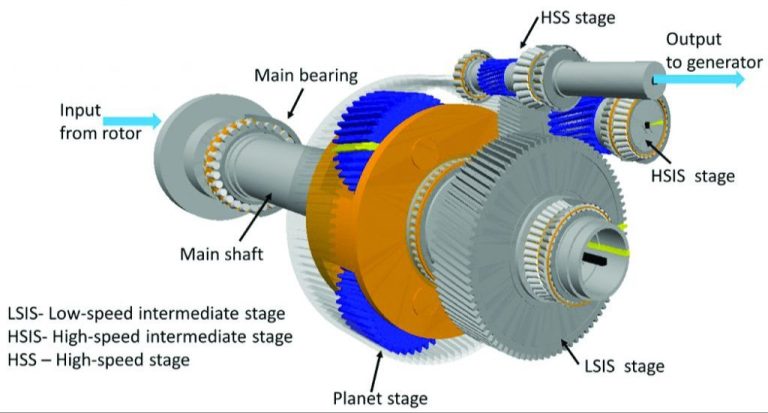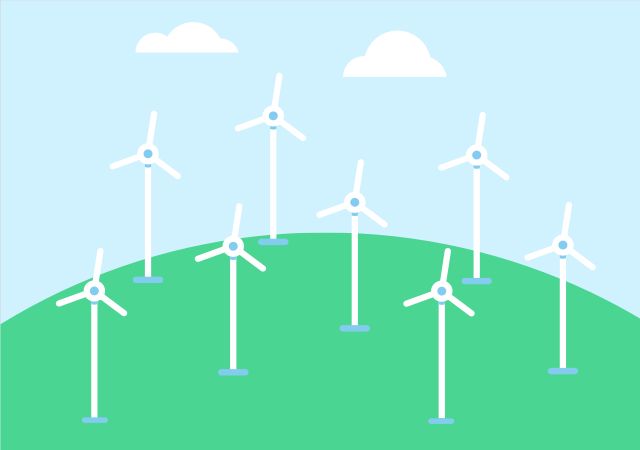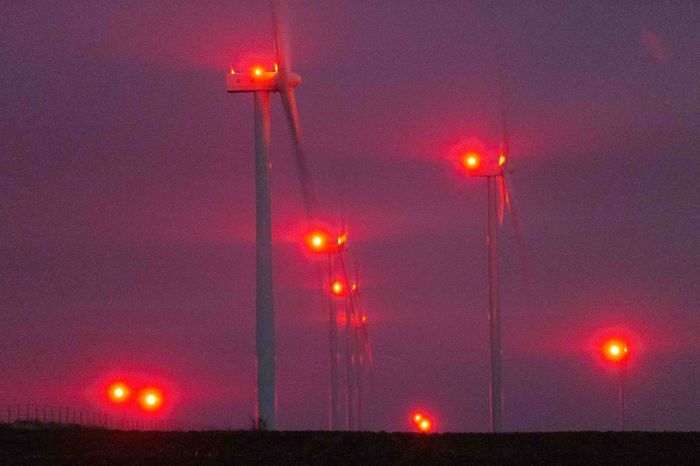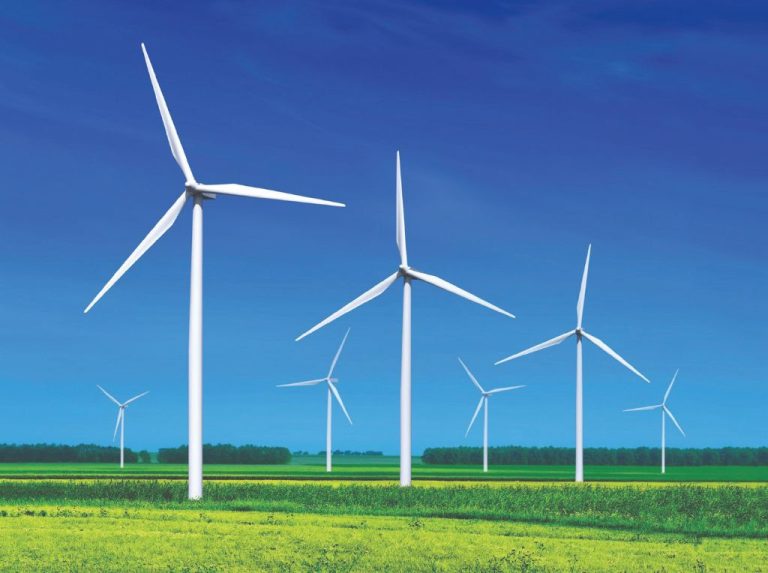Does Queensland Have Wind Turbines?
Wind power has emerged as a significant renewable energy source in Australia over the last two decades. As of June 2021, Australia had 115 operating wind farms with over 8,000 megawatts (MW) of installed capacity, providing around 9% of the country’s electricity in 2020. Queensland has started tapping into its wind resources more extensively in recent years. The state now has six major wind farms in operation, supplying over 1,000 MW of renewable power capacity.
This article provides an overview of wind power development in Queensland. It looks at the main wind farms, the future potential for wind energy, and the economic and environmental benefits it provides. There is still room for growth, but Queensland is making progress in harnessing its wind resources.
Wind Power Basics
Wind turbines convert the kinetic energy in wind into mechanical power that runs a generator to produce electricity. Wind turbines work on a simple principle: instead of using electricity to make wind—like a fan—wind turbines use wind to make electricity (How Do Wind Turbines Work?, n.d.).
Wind turbines are mounted on tall towers to capture the most powerful winds. When the wind blows, the blades spin around a rotor, which connects to the main shaft that leads to a generator. As the rotor spins, the kinetic energy of the wind gets converted into rotational energy in the turbine. The generator then converts this rotational energy into electricity that can be supplied to utility power grids (How does a wind turbine work?, n.d.).
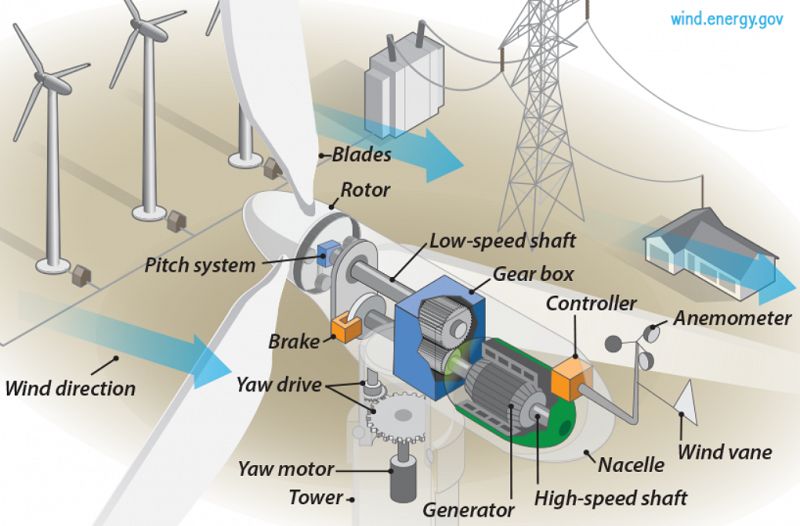
So in summary, wind turns the blades, which spin a shaft connected to a generator to create electricity. The key steps are: 1) Wind energy turns blades, 2) Blades spin shaft connected to generator, 3) Generator converts rotational energy into electricity.
Wind Power in Australia
Australia has become a global leader in wind energy, with a total installed capacity reaching approximately 9,100 megawatts (MW) as of October 2023 (Wikipedia). According to the Australian Government, Australia currently has 9,126 MW of wind generation capacity, all of which is onshore (Global Australia).
The growth of wind power in Australia has been rapid in recent years. Australia’s first commercial wind farm was built in 1993 in Western Australia. Since then, wind capacity has expanded exponentially across the country. As of 2021, there were 115 wind farms operating in Australia, spread across South Australia, Victoria, New South Wales, Tasmania and Western Australia.
Western Australia leads with 3,723 MW installed capacity followed by Victoria (3,315 MW), South Australia (2,210 MW) and NSW (1,485 MW). The distributed nature of wind power capacity across Australia demonstrates its versatility and potential in diverse geographic regions. With its excellent wind resources, policy support and infrastructure investments, Australia is poised to continue strongly growing its wind energy production.
Wind Farms in Queensland
Queensland has several major wind farms currently operating across the state. According to the List of wind farms in Queensland on Wikipedia, some of the largest include:
- Coopers Gap Wind Farm – 453 MW capacity
- Crowlands Wind Farm – 80 MW capacity
- Barcaldine Remote Community Solar Farm – 25 MW capacity
- Mt Emerald Wind Farm – 180 MW capacity
- Daydream Solar Farm – 180 MW capacity
- Kennedy Energy Park – 60 MW capacity
These large-scale wind farms demonstrate that Queensland has invested significantly in wind power generation across the state. The wind farms are located in regions identified as having excellent wind resources, such as the Darling Downs and Far North Queensland.
Wind Power Potential
Queensland has abundant wind resources, especially in coastal and highland areas. Studies have identified over 15,000 MW of wind power potential capacity across Queensland, with the strongest wind resources located in southern inland regions as well as along the coast from the south-east to Far North Queensland.1 The Queensland Government has mapped out 26 areas with excellent wind power potential, capable of supporting over 3,200 large wind turbines.2 With ample wind resources across the state, Queensland is well-positioned to continue expanding its wind energy capacity and make wind power a major part of its renewable energy mix moving forward.
Environmental Benefits
One of the main environmental benefits of wind power in Queensland is reduced greenhouse gas emissions. Wind energy produces no greenhouse gas emissions during operation. According to the Parliament of Australia, wind power has the potential to produce up to 40% of Australia’s electricity needs, which would lead to significant reductions in greenhouse gas emissions from the electricity sector (https://www.aph.gov.au/DocumentStore.ashx?id=fc74f18a-7613-4120-ab73-3e607187bd93&subId=304628). The development of additional wind farms across Queensland can help the state reach its renewable energy and emissions reduction targets.
According to Electrek, Queensland aims to reach 50% renewable energy by 2030, which will require major investments in wind and solar power (https://electrek.co/2022/09/27/queensland-largest-state-owned-wind-farm/). BHP also has an agreement to reduce emissions from electricity use in its Queensland mines by 50% by 2025 through renewable power purchases like wind energy (https://www.bhp.com/news/media-centre/releases/2020/09/bhps-queensland-mines-to-reduce-emissions-from-electricity-use-by-50-per-cent). Expanding wind power will be key for major energy users in Queensland to reduce their carbon footprints.
Overall, increased development of wind farms across Queensland can provide significant greenhouse gas emissions reductions as the state transitions towards its renewable energy goals. Wind energy is a clean, emissions-free source of power that can displace fossil fuel generation and help Queensland meet its climate objectives.
Economic Benefits
Wind farms provide significant economic benefits for Queensland through job creation and investment. According to SEEK, there are over 50 wind farm related jobs currently advertised in Brisbane alone. Major wind farm projects also create many construction jobs during the development phase. The MacIntyre wind farm near Warwick is expected to support over 400 jobs during construction.
The growth of the wind industry represents a substantial investment opportunity for Queensland. Wind farms require significant capital to construct, often hundreds of millions of dollars for large projects. Queensland has attracted over $5 billion in investment for wind farm developments to date. This provides a boost to regional economies where many wind farms are located.
Increasing wind power is also helping put downward pressure on electricity prices in Queensland. Wind is now the cheapest form of new bulk energy generation, cheaper than new coal or gas plants. More supply from wind energy flowing into the grid is contributing to lower wholesale electricity prices, which should eventually flow through to consumers.
Community Support
Public attitudes toward wind power in Queensland are generally positive. Surveys have shown that a majority of Queensland residents support the development of wind farms in their local areas. According to a 2022 survey from the Queensland government, 70% of respondents said they would be comfortable having a wind farm built within 5km of their homes. This is likely due to a recognition of the environmental and economic benefits that wind power can provide. Wind farms in Queensland have brought new jobs and revenue to rural communities. They also provide drought-proof income for farmers through land lease agreements. While some concerns exist around noise and visual impacts, most Queenslanders see wind power as a vital part of the state’s renewable energy transition.
Challenges
While wind energy offers many benefits, there are also some challenges that need to be addressed. Two major challenges involve grid integration and intermittent supply.
Grid integration refers to the way wind energy is connected to and interacts with the utility grid. Because the output from wind turbines can fluctuate based on wind speeds, it can be difficult to perfectly match supply with demand. This variability can pose challenges for grid operators (1). Advanced forecasting methods and increased grid flexibility are keys to overcoming this issue.
The intermittent nature of wind also poses challenges. Wind speeds vary hourly, daily, and seasonally, leading to intermittent power generation. This inconsistency makes it difficult for grid operators to schedule power supplies and meet peak demand. Energy storage solutions like batteries can help smooth out the variability, but additional strategies are needed (2).
Despite these challenges, solutions are emerging to allow greater penetration of wind energy onto power grids. Continued technology improvements and grid coordination will help minimize the grid integration and intermittency issues going forward.
(1) https://www.nrel.gov/wind/grand-challenges.html
(2) https://www.energy.gov/eere/wind/advantages-and-challenges-wind-energy
Future Outlook
The future growth outlook for wind power in Queensland is promising. According to Statista, the installed wind power generation capacity in Australia is projected to increase to approximately 32 gigawatts (GW) by 2035, up from around 8GW in 2020. Queensland is expected to account for a significant portion of this growth.
Specifically for Queensland, wind power capacity is forecast to reach 4,912 megawatts (MW) by 2035, representing over 15% of Australia’s total wind power capacity, according to Power Technology. This would represent annual growth of around 11% for Queensland’s wind power capacity. Key factors driving growth include declining technology costs, the state’s excellent wind resources, and supportive government policies.
With abundant land and wind resources, Queensland has the potential to scale up wind power significantly in the coming years. Growth in wind power capacity will bring environmental benefits through displacing fossil fuel generation, as well as economic development and job creation, especially in rural areas. The future is bright for wind power’s continued expansion in Queensland.

